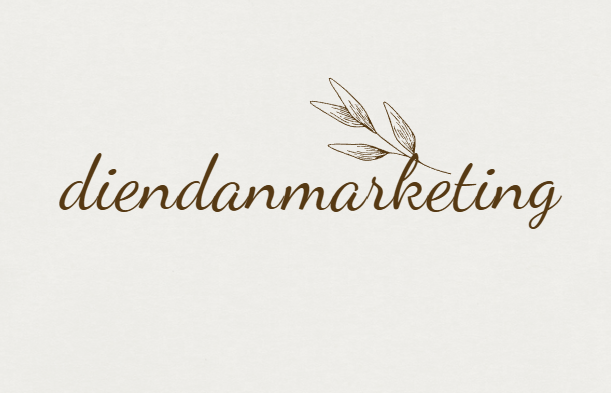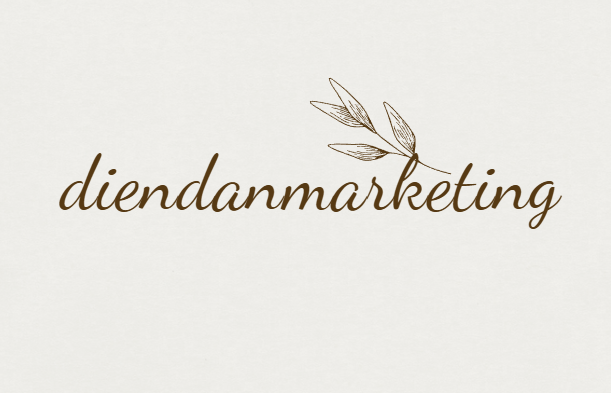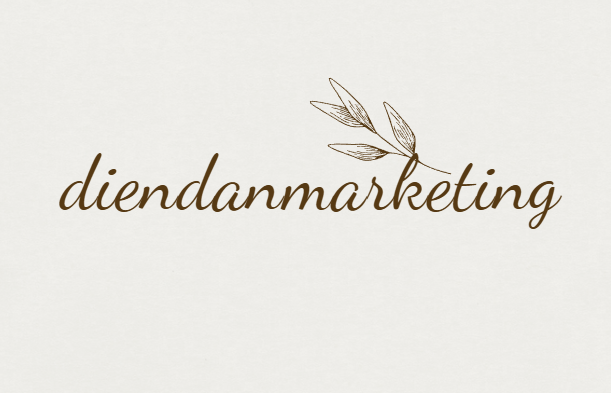Listen to me talk about this in Podcast form on Anchor, Spotify, and more!
Writing in the show
When we see Chinese writing in the form of wanted posters, letters, and documents in the show, the characters are written in the Chinese traditional organization, from top to bottom, from right to left. Chinese characters were written this way until the twentieth century when Western typeface was introduced, but there are some books, especially those printed in Taiwan and Hong Kong, that use the traditional way. Interestingly, when we see signs, they are read from left to right.
- The name of the show itself in Chinese is “Jiàngshì shéntōng” [jyang-sure shun-tohng] 降世神通 which literally means “descend to earth magical power.” So the Avatar is described as being a supernatural power that manifests on earth. If we break down each Chinese character, “jiang” means to fall, “shi” is earth, “shen” is supernatural or deity, and “tong” means “to connect.” Avatar in the Hindu tradition is the form of a god who has come to earth to interact with our world. One popular example is Krishna, who is an avatar of Vishnu.

- The opening sequence has each of the elements written in ancient Chinese. These are the early form of Chinese characters and is often called “seal script” or “Zhou script” as it was used during the Zhou dynasty (1046-256 BCE). We have remnants of this type of writing through bronze vessels used to offer food to ancestors and oracle bones that were used for fortune telling. The left side represents the element, and the right is an added character that seems to describe the nation itself. Water is “shui shan” [shway-shahn] 水善 which means “water” and “virtuous.” Earth is “tu qiang” [tew-chiang]土強 meaning “earth” and “strong.” Fire is “huo lie” [hwoah-leeyeh] 火烈 meaning “fire” and “fierce.” Finally, air is “qi he” [chee-huh] 气和 meaning “air” and “peace” or “harmonious.” One thing to note about “air” is that it is still written the same way in simplified Chinese today, while the others are altered slightly. For example, earth is now written with a line across it rather than a filled in circle.




- When Iroh is remembering Luten on his late son’s birthday, he has a letter from Luten that says “General Iroh, I will see you again when victory is achieved, your loyal son Luten” (S2 Ep 15 “Tales of Ba sing se”)

- Zuko’s knife was given to him by his uncle when Iroh was attacking Ba sing se. This knife is later used to cut Zuko and Iroh’s hair in season 2, and Zuko briefly gives it to an Earth Nation boy until they find out he is from the Fire Nation and the knife is returned to him. The knife is translated in the show as “don’t give up without a fight” 非戰不屈 (fei zhan bu qu) [fay john boo chew] which literally means “without a fight do not bend.” It is common for swords or knives in China to contain a four-character phrase such as this. The phrase on the knife is in the same Zhou seal script that we see in the four elements during the opening.

- Signs
- Ba sing se University (“City of Walls and Secrets”)
- Teahouse sign (Teahous that Iroh and Zuko work at)
- “Organization 55” (Place where they are reciting poetry that Sokka enters in “Tales of Ba sing se”)



Character names
The vast majority of names in the series have Chinese names based on sound translation. Meaning the Chinese characters are approximations of the sounds. Interestingly, we only get Toph’s last name, since she is from a prominent family. And when we see her present her documents or see her name written in a letter, her last name comes first as with Chinese names. Most names are two characters, like with Chinese except for a few exceptions such as Katara.
- Toph Beifang: 托夫北方 (Beifang Tuofu [Bei-fahng twou-foo]) Beifang means “place in the North” and Toph’s first name is a sound translation that can mean “supporting man”
- Aang: 安昂 (An ang [Ahn Ahng]) literally “peace, to raise”

- Iroh: 艾洛 (ai luo [Ai-lwo]) means “mugwort” in medieval Chinese it could mean “to protect” and luo is used in river names
- Luten: 路滕 (lu teng [Lew-tung]) “road” and “rush forth” (of water)

- Zuko: 蘇科 (su ke [sue-kuh]) Su is commonly used in sound translations and can mean perilla, which is a plant in the mint family. Ke means a branch of study.
- Sokka: 素卡 (Su ka [sue-kah]) Su can mean raw silk or vegetarian food (certainly not in the case of Sokka), ka means to block/stop something

- Katara: 卡塔拉 (Ka ta la]) Ka is the same as the ka in Sokka’s name, ta is a Buddhist pagoda, which is a tower or column often marking where relics have been buried. La means to pull.
- Momo: 模模 (mo mo [mow-mow]) Mo means to imitate, a pattern.

- Piandao 片刀 (pian dao [pien-daw])” Sokka’s sword master. The piandao was a type of sword popular during the Ming dynasty (1368-1644 CE) in China.
- Princess Yue: 月 (Yue [Yuway]) “Moon.” She later becomes the moon goddess and her character design is modeled after Chang’e, the moon goddess in Chinese mythology.



- Heibai the Spirit of Black & White: 黑白 (hei bai [hey-bye]) Hei means black and bai means white
- Spirit of the moon and ocean 推拉: (tui la [tway-law]) They are called “push” and “pull”




- S3 EP 13 “The Firebending Masters”: Aang and Zuko go to learn about the origins of firebending at the civilization of the Sun Warriors. There they must prove themselves to the firebending masters, two dragons named Ran and Shao, one red and one blue. Ran means “to ignite” 燃 and shao means “to burn” 燒


Place Names
Ba sing se (The impenetrable city): There is a sign that reads “Ba sing se university,” and from this sign we learn that the Chinese characters for the city name is Yong gu cheng 永固城 (literally “forever strong city”).

Names of Nations and Kingdoms: Element and then “guo” which means kingdom/country




